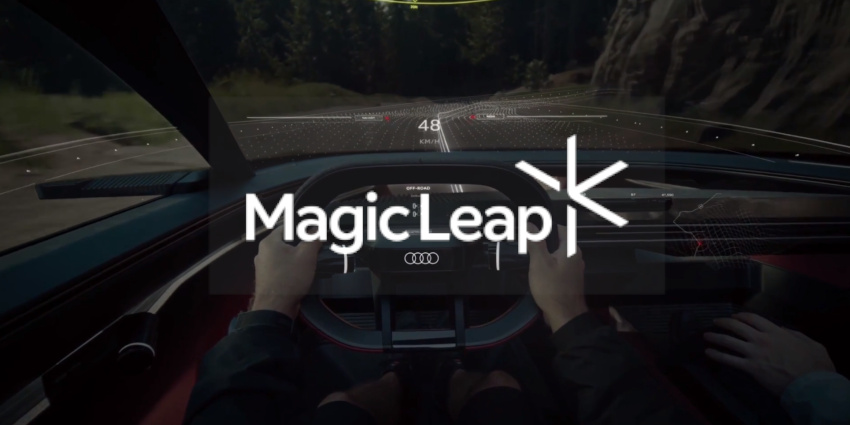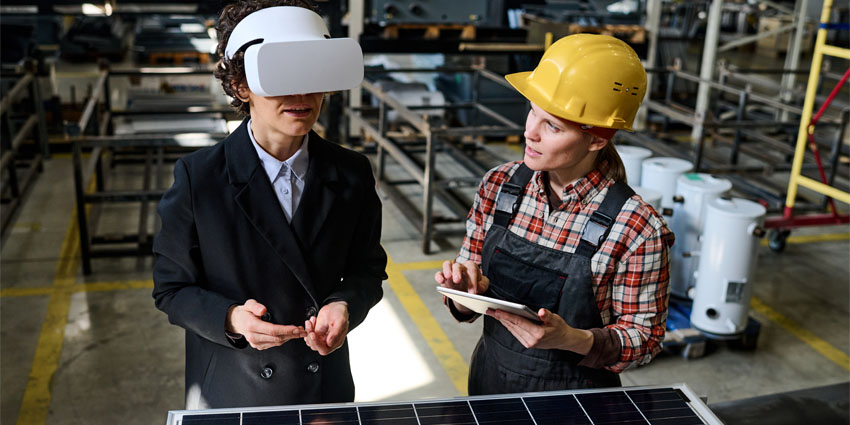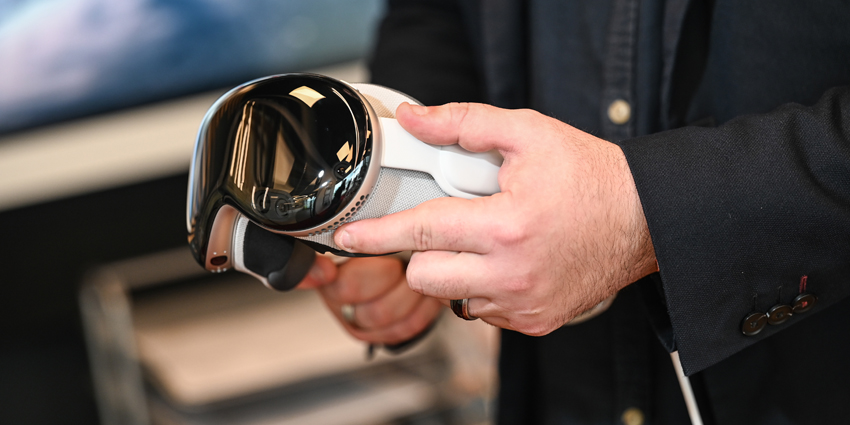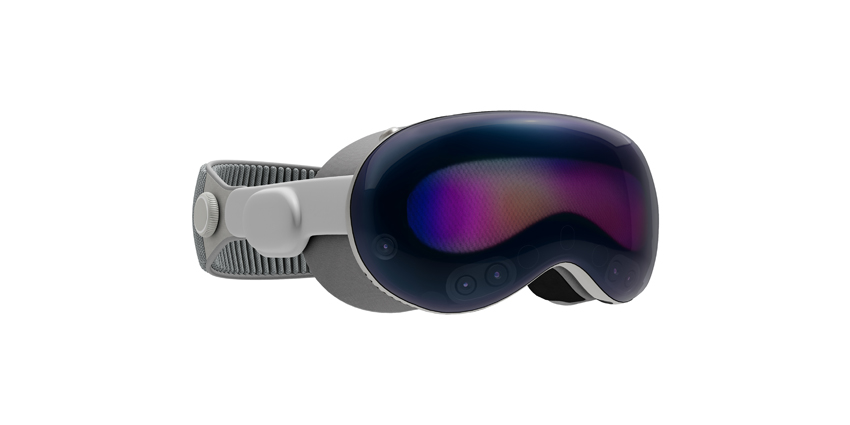Audi Motors recently debuted its Activesphere concept car, which features Magic Leap’s augmented reality (AR) driving user interface (UI) technologies.
The big reveal took place in January with the Audi Design Studio, which details the Ingolstadt-based firm’s futuristic vision for motor vehicles.
With Magic Leap 2, Audi Dimensions delivered a novel UI creation to empower drivers while on the road.
The joint venture created a mixed reality (MR) visual interface with the Magic Leap 2, complete with a 70-degree field of view (FoV). This superimposes driving data and road conditions for drivers in real time, eliminating the need for a windshield dashboard or navigational unit.
Audi Design used Magic Leap 2 to develop a dynamic, AR-based interface, designed to usher in a new era of driving experience—freeing it from the limitations of conventional dashboards to deliver a seamlessly integrated experience for drivers.@AudiOfficial @territorystudio pic.twitter.com/v0gSHQxPU8
— Magic Leap (@magicleap) April 18, 2023
Drivers can configure the Magic Leap 2 to display driving modes, trip data, location and destination, and other key information. The Magic Leap 2’s optics provide drivers with low latency, streamlined visuals to increase motoring safety with precision hand and eye tracking tools.
This allows drivers to view virtual overlays by focusing on specific data with their eyes and hand gestures to control bespoke features on the device.
Jan Pflueger, Creative Technologist, Audi Design said in a statement,
“Removing physical displays and touchscreens creates a new experience space for the passengers while using the power of mixed reality opens up new possibilities to intuitively integrate them into the mobility ecosystem and it goes even beyond the car”
An Audi spokesperson said in a press release that the centrepiece of the new driving system was “innovative mixed reality headsets.” The immersive kit allows users to access “a comprehensive digital ecosystem while in the Audi activesphere.”
Audi explained further,
“The Audi activesphere concept is the first to use a pioneering generation of this technology, which in turn adds the dimension of interaction to the dimension of superimposed real and digital worlds. With unprecedented optical precision, highest resolution, and excellent contrast, the system brings control surfaces and displays, invisible to the unaided eye, into the user’s field of vision while behind the steering wheel.”
Audi-Magic Leap Future Possibilities
Audi joined Magic Leap’s Early Access Programme to leverage the Plantation, Florida-based enterprise’s technologies.
While experimenting with the Magic Leap 2, Audi has found that the motor vehicle’s functions could integrate contextually within a person’s FoV.

This links related elements, rather than relying on physical screens, leading to a more intuitive driving experience with millimetre accuracy. The new system can also provide “high-resolution 3D topography graphics” on the physical environment of a driver’s journey.
“The connection between the headset users and the car, along with its ecosystem, offers countless possibilities, even when outside the car,” Audi concluded.
XR and the Immersive Auto Experience
The news comes as many companies leverage immersive automotive solutions. Firms experimenting with such interfaces have triggered a surge in demand for virtual, augmented, and mixed-reality integrations.
Chinese AR firm Raythink debuted a novel smart vehicle AR heads-up display (AR-HUD) at a recent automotive event in Shanghai.
Raythink’s OpticalCore picture generation unit incorporates photorealistic 3D images for comprehensive, optimised driving experiences.
In VR, German immersive entertainment firm holoride has also debuted an updated version of its VR gaming hub in January. An additional Audi partner, holoride now provides retrofitted components for all vehicles, allowing passengers to enjoy immersive games and movies.
The solution also features HTC VIVE Flow headsets as part of its full package system. holoride also provides potential customers the option to buy standalone retrofits.
Finally, Finnish company Basemark developed a novel AR-HUD for BMW motor vehicles. The system provides navigational overlays on real-world environments via an AR-powered hub on the vehicle dashboard.
The navigational system’s Central Information Display (CIP) will boost the “ease, accuracy, and safety of navigation.” Assisted features include manoeuvres, lane recommendations, and split-screen visuals.







